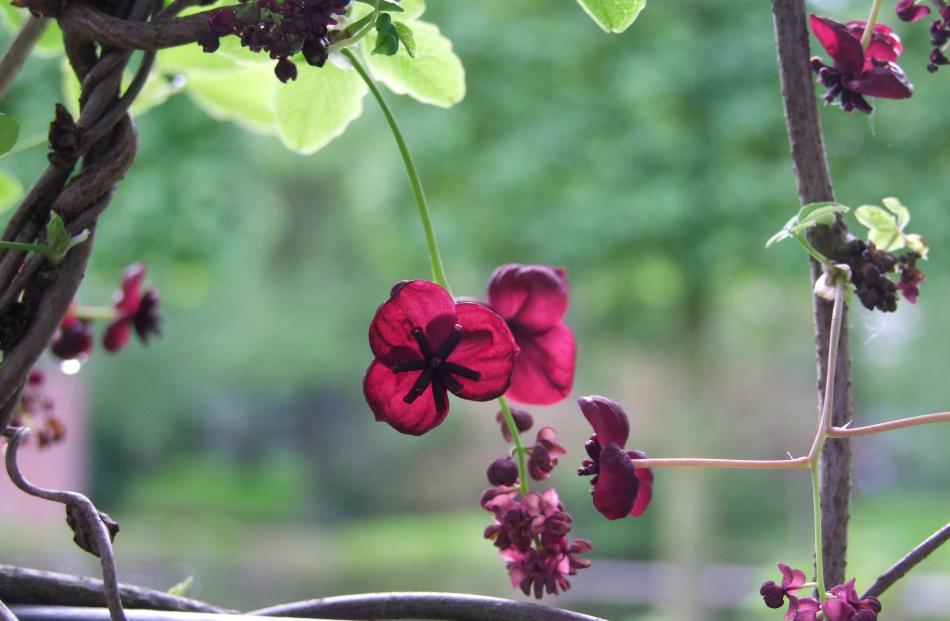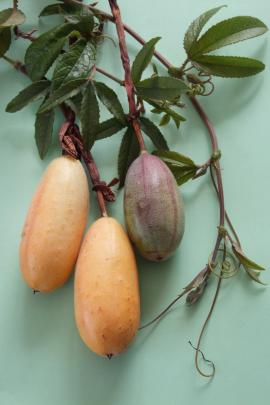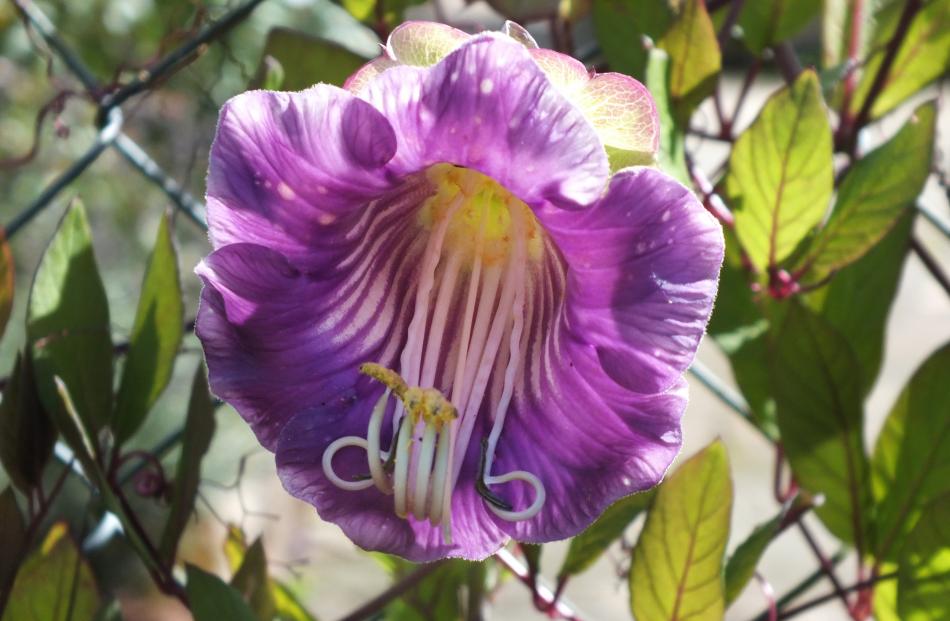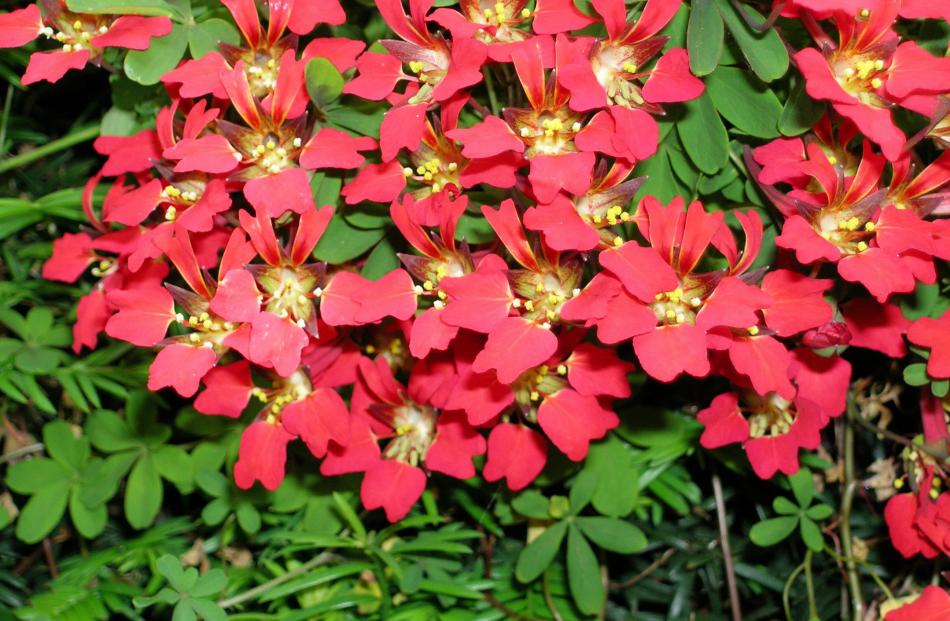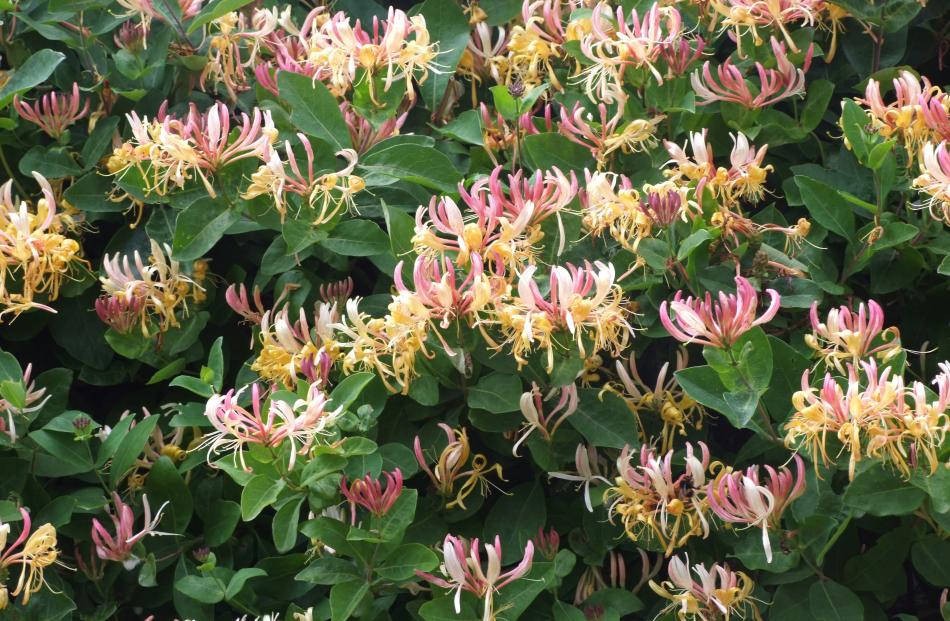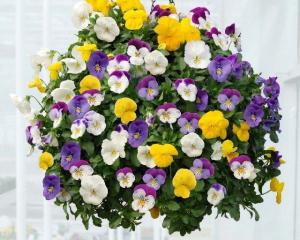Finding a new climber has Gillian Vine ready to climb the wall.
When I visit other people's gardens, I often ask, "What would you like to grow that space, climate or soil rules out for you?"
I had never thought about another factor, the "no grow" plants on the National Pest Plant Accord (NPPA) list. Inclusion is because the plants are seen as undesirables, often responsible for taking over and inhibiting growth of natives.
Those on the list may not be propagated or sold and nurseries work with MPI to keep them out of garden centres.
Strictly speaking, they should not be sold at garden-club stalls, markets or car-boot sales either.
As I say, I never thought much about this until I started looking for a fast-growing climber to cover a boring wooden fence. I had tried a banksia rose but it wanted its flowers to face the neighbour's and I moved it so it could climb a tall rhododendron.
So what would work in its place?
I picked up and an old New Zealand book on climbers and soon had several "possibles". Then I came unstuck because almost all those I considered were now on the NPPA list, the obvious danger of consulting old books or those from other countries.
My first choice was spring-flowering chocolate vine (Akebia quinata), which I love for the chocolate-vanilla perfume of its blooms. Its NPPA inclusion saw it struck off my list.
Next up was a childhood favourite, cathedral bells (Cobaea scandens), a fast-growing perennial more usually treated as an annual when it was grown in the South, as it hails from Mexico and doesn't like frosts. English garden writer Ursula Buchan says it "will appeal to anyone who longs for something with panache and visual impact". That's me, I thought, then found it on the dreaded list.
We all know banana passionfruit (Passiflora tripartita) is a no-grow but I didn't realise the gorgeous blue passion flower (Passiflora caerulea) and the less flamboyant bat-wing passion flower (P. apetala) were also NPPA inclusions.
A neighbour had a pea-like vine that I rather fancied trained along his fence. It turned out to be mile-a-minute (Dipogon lignosus), not often seen in the South but considered a pest further north because of its rapid growth. Yet another possibility struck off.
Popular in England, but another no-grow is Chilean flame creeper (Tropaeolum speciosum). I've seen it growing in Dunedin gardens and on the fringe of a South Otago pine plantation but if I want something from this family, perhaps good old annual nasturtiums (T. majus or T. minus) are the way to go.
Then again, pastels appeal to me more, so maybe a sweet-smelling honeysuckle would serve.
Japanese honeysuckle (Lonicera japonica) is on the outer but English honeysuckle (L. periclymenum) is acceptable. I could have had honeysuckle cuttings but didn't know which species I was being offered, as I couldn't tell the difference.
A bit of research put me straight: the young stems of the bad boy are purple and hairy, while English honeysuckle has smooth green stems.
As adults, both have similar stems but the cuttings on offer were from a vine with no new growth, so reluctantly I passed.
It's enough to have me climbing the walls.

